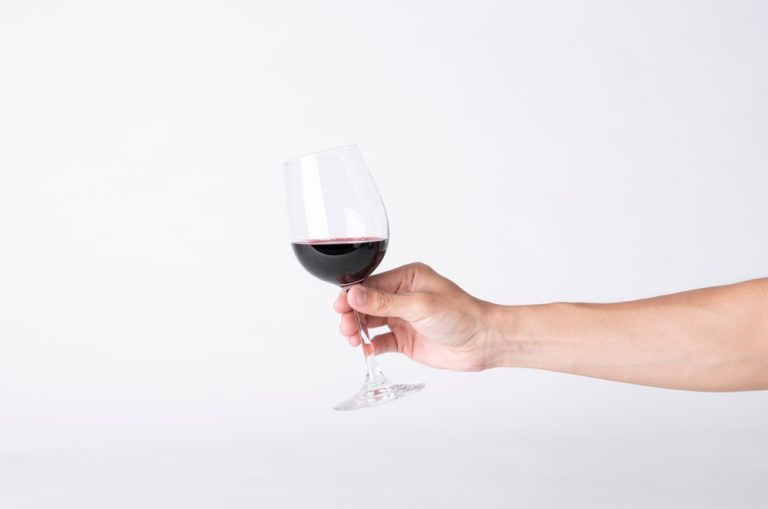The 90s marks an era where marijuana culture infiltrated the world of hip-hop. This substance was embraced and even promoted by artists such as Cypress Hill and Method Man. Their songs explored the harsh realities of drug dealing, gang violence, and the overall environment they experienced daily. By incorporating drug use narratives, these artists provided an unfiltered perspective, reflecting the challenges faced by marginalized communities. Although hip-hop’s portrayal of drugs is a highly debated topic, its defenders argue that the genre only represents the harsh realities prevalent in many urban communities where drug use is rampant.
- Relapse and Recovery, in particular, are two concept albums that detail the rapper’s relapse and recovery from drug addiction.
- Addressing these personal and professional consequences requires a comprehensive approach that includes support, treatment, and rehabilitation to help rappers overcome their addiction and regain control of their lives.
- William Jonathan Drayton, Jr., well known as Flavor Flav, has publicly shared about his intense struggle with drug addiction.
- I’m not the kind of person that will do something that I don’t want to do.” And in some ways, he would prefer to just leave it there.
- By understanding the distinction between the portrayal of drug use in rap music and the actual consequences of addiction, we can foster a more informed and responsible conversation.
Top 3 Rappers with Drug Addiction

A few are also encouraging their fans and followers to do the same. In order to address the impact of drug addiction on the music industry, it is crucial to have open conversations about the consequences of substance abuse and provide support systems for artists who may be struggling. By promoting education, awareness, and resources for prevention and recovery, the industry can play a significant role in combating the negative effects of drug addiction among rappers.
Living Sober
From its early roots to the present day, hip-hop has served as a mirror reflecting marginalized communities’ historical context and experiences. Taking a deep dive Alcoholics Anonymous into the intricate intersection between hip-hop and drugs, this composition will shed light on its history. It examines how drugs have found their way into the genre of music and, subsequently, how they have been conveyed through its message.

Achieve lasting recovery
Understanding the intersection of rap and drug addiction requires acknowledging the influence of drug culture in the genre and delving into the personal struggles faced by rappers dealing with addiction. By shedding light on these issues, we can promote awareness and understanding while encouraging support and resources for those in need. Gustav Elijah Åhr (November 1, 1996 – November 15, 2017), aka LilPeep, remains one of “emo raps” most influential figures. Discovered on SoundCloud,the Long Island-based rapper developed a cult following before experiencingmainstream success with his debut album Come Over When You’re Sober,Pt. 1, which peaked at number 38 on the Billboard 200 in 2017.His song “Falling Down”, a collaboration with XXXTentacion (alsodeceased), peaked at number 13 on the Billboard Hot 100 in 2018.
The Impact of Drug Addiction on Rappers’ Lives and Careers
By understanding and addressing these obstacles, rappers can be better equipped to seek the help they need to break free from the cycle of addiction. More artists have opened up about mental illness, which often co-occurs with addiction. Mainstream rappers have spoken candidly about topics such as anxiety and depression to raise awareness and eliminate stigma. Contemporary rap artist Future has bragged about his Xanax use in numerous songs. In his track “56 Nights,” the rap star claims to have taken 56 Xanax pills in a month.
Avril Lavigne Leaned Into Aughts Nostalgia at Hard Rock Live
If the ageless wonder himself were to announce that the secret to looking not a shade over 25 in your 40’s was due to a sober lifestyle, I think a lot of people would start adopting that lifestyle. Over the years, Eminem has battled, going back and forth from stoned to clean, even recording an album called Recovery, where he spilled his guts out about his demons. Eminem, Slim Shady, Marshall Mathers, or whatever choose to call him, started off rapping about drugs, and the dark winding roads it can take you down, using harrowing lyrics that were both impressive, rappers that do drugs and disturbing.
Some created the work that made them first or best known before they were sober; some have done so since. Pimp C’s death at 33 was attributed to sleep apnea and an overdose of cough syrup. Lexii Alijai (21), Chynna (25), and Shock G (57) all reportedly died of accidental drug overdose. News media are quick to report on violence in hip-hop to support their view that the music and the people who make it are exceptionally violent. Pair any of those with racial stereotyping and scapegoating and it’s easy to see why the murders of hip-hop stars such as Nipsey Hussle, the Notorious B.I.G., Tupac Shakur and countless other artists garner so much attention. Kid Cudi is well-known for addressing themes of addiction in his music, and in interviews he has revealed more about his personal struggles with substance abuse.
